In this series of blogs we look at some of the tools we use at The Imagination Factory.
This post describes how we evaluate the usability of products we are designing to try and avoid user frustration.
This post describes how we evaluate the usability of products we are designing to try and avoid user frustration.
Lessons in Usability Inspection
This week we were invited to the Central Research Laboratory (CRL) in West London to provide some training to the start-ups that are resident in the hardware incubator there.
Many of the fledgling companies based at the CRL are working on exciting new products that involve a mixture of hardware and software. They know that the usability of their products and services will be vital to the success of their businesses but how can they evaluate this when they are bootstrapping their development programmes?
Many of the fledgling companies based at the CRL are working on exciting new products that involve a mixture of hardware and software. They know that the usability of their products and services will be vital to the success of their businesses but how can they evaluate this when they are bootstrapping their development programmes?
We showed the participants at the workshop how to combine several techniques from our Human-Centred Design toolkit to carry out a quick, low cost but incredibly effective usability inspection. Starting with a Heuristic Review they were shown how to use 10 rules of thumb for good design to identify issues with the usability of digital photo frames that we provided for the workshop. Armed with packs of Post-It notes and Sharpies the participants had no problem finding multiple issues that made the frames frustrating or nearly impossible to use.
Once the teams had gathered armfuls of data on how the photo frames could be improved we showed them how to quickly analyse it using a method called Affinity Clustering. Post-It notes come into their own here because they can be quickly moved around a whiteboard while looking for patterns of similarity.
The participants experienced how the Affinity Clustering technique helps to manage the individual usability problems into higher level challenges that can be tackled during a design development project.
The final activity required the individuals taking part to plot each of the clusters on a quad chart in terms of importance to resolve (from the point of view of the user) and difficulty to achieve (in terms of the business).
Known as an Importance/Difficulty Matrix this chart provides a graphical way for multi-disciplinary teams to discuss how to improve their product and what commitment it will require.
The final activity required the individuals taking part to plot each of the clusters on a quad chart in terms of importance to resolve (from the point of view of the user) and difficulty to achieve (in terms of the business).
Known as an Importance/Difficulty Matrix this chart provides a graphical way for multi-disciplinary teams to discuss how to improve their product and what commitment it will require.
We're grateful to the members of the CRL who were enthusiastically engaged in the workshop and we're looking forward to seeing the results as they apply the techniques to their own projects.





